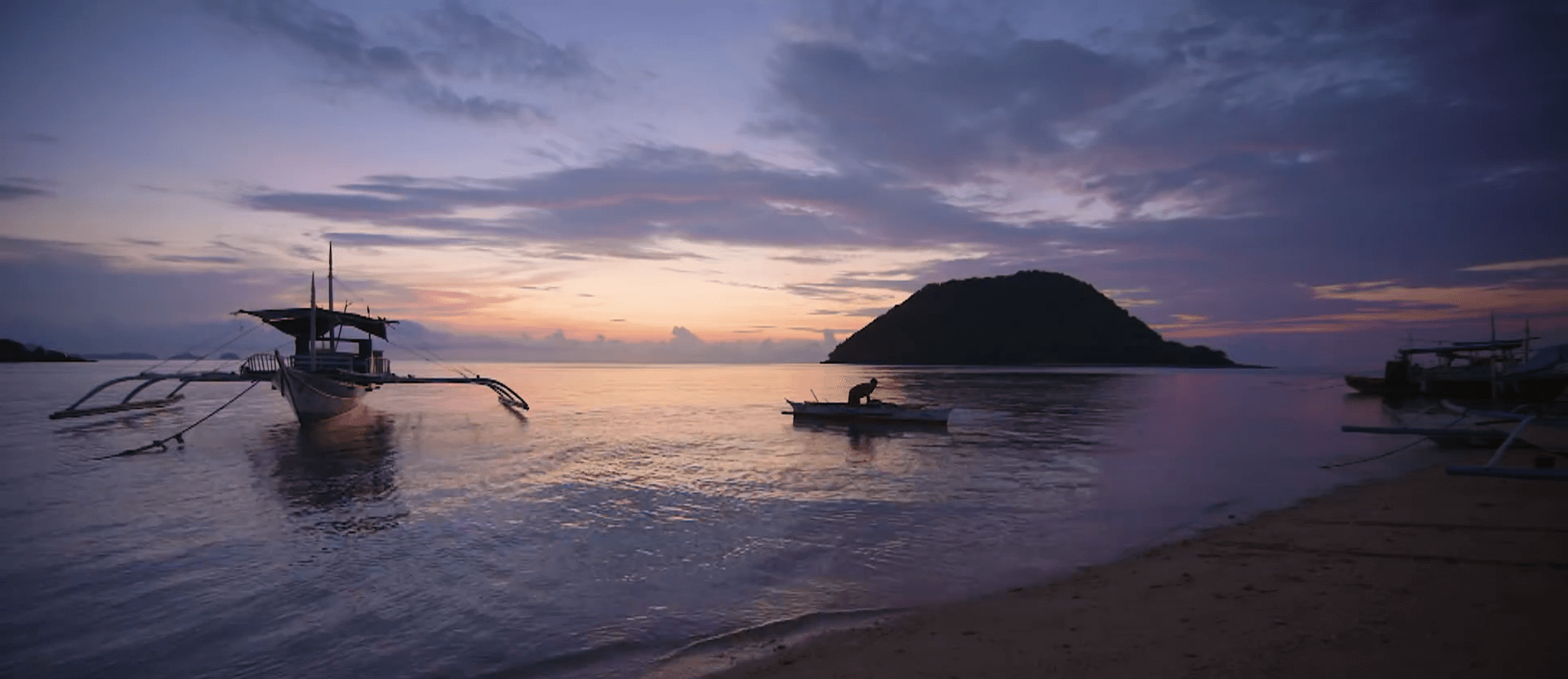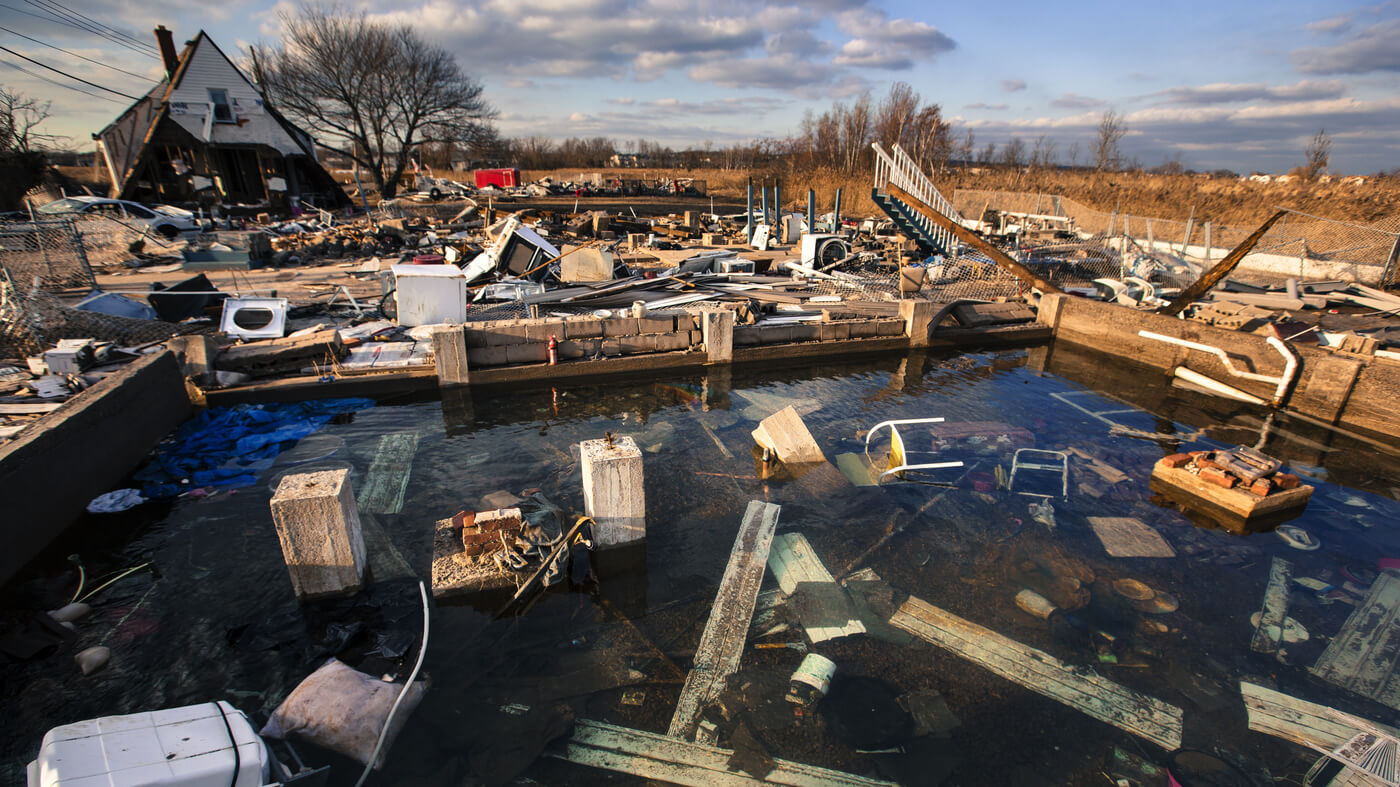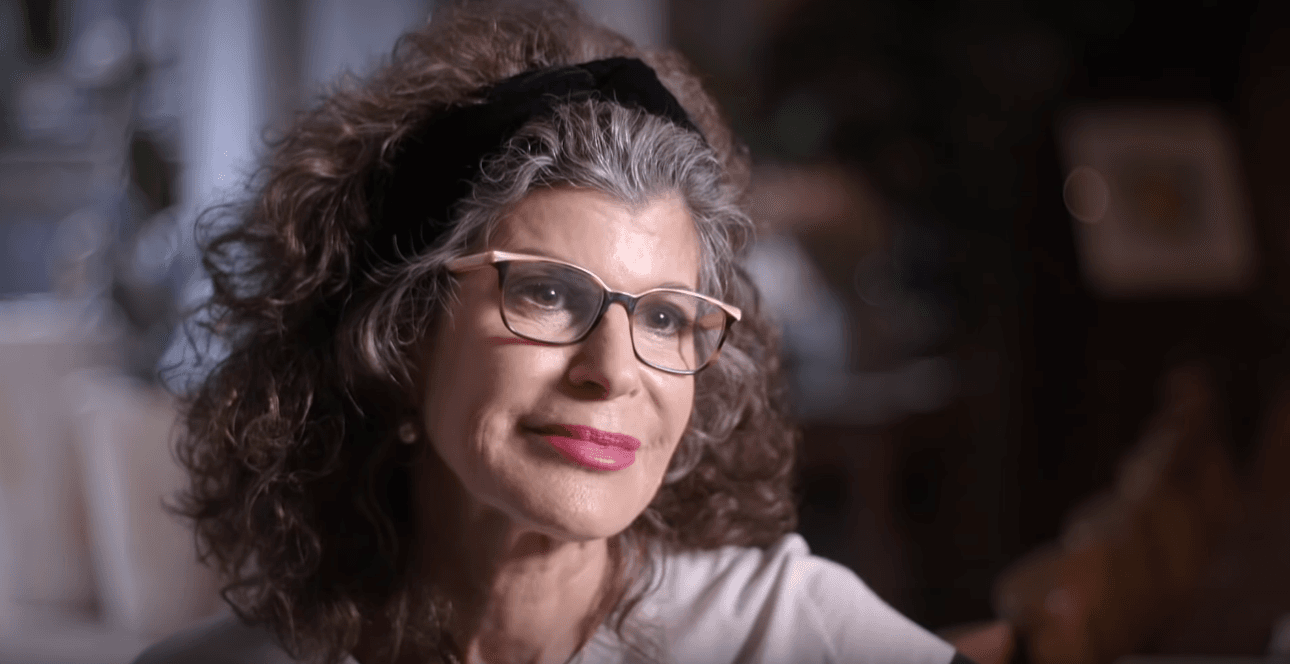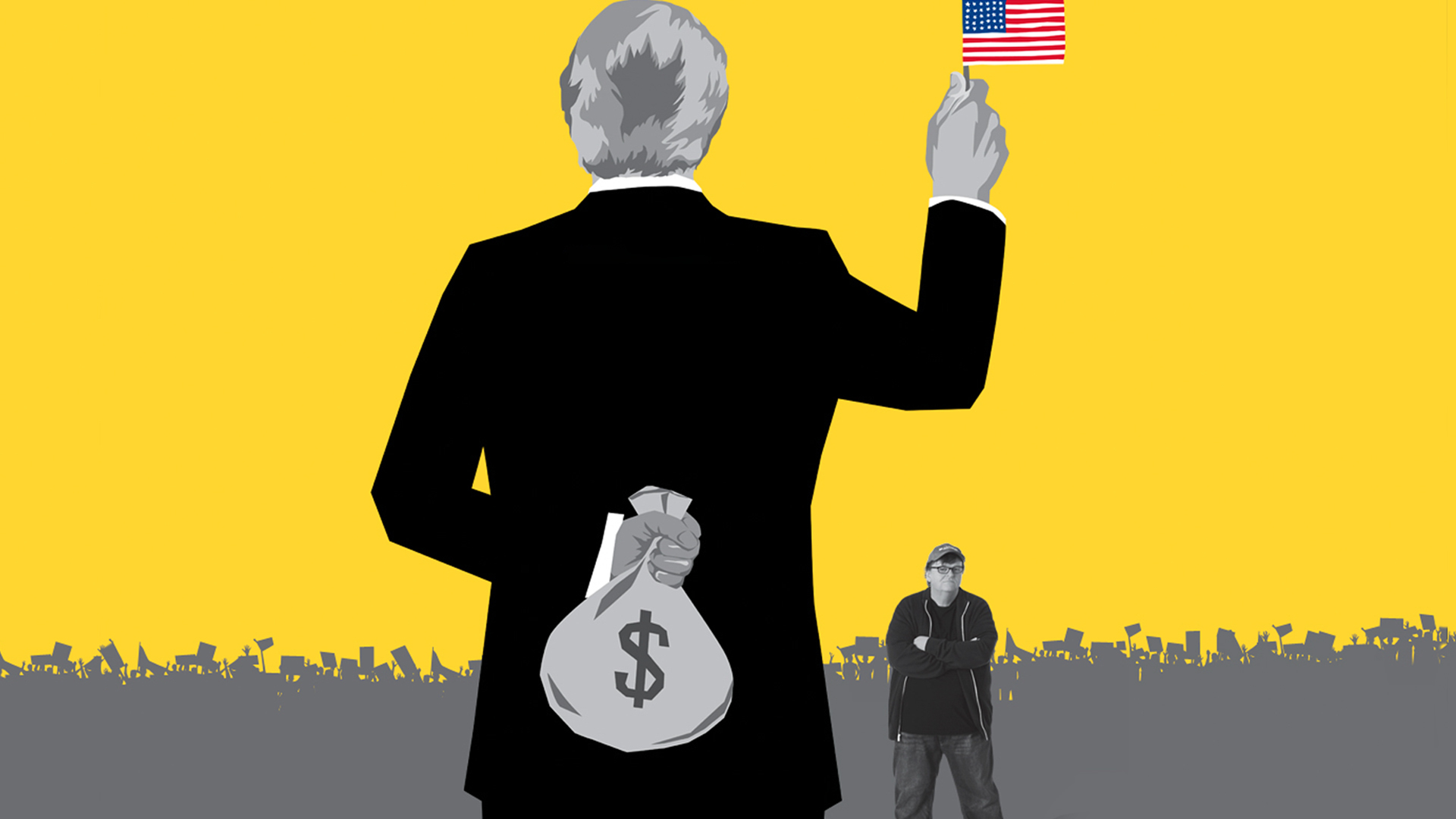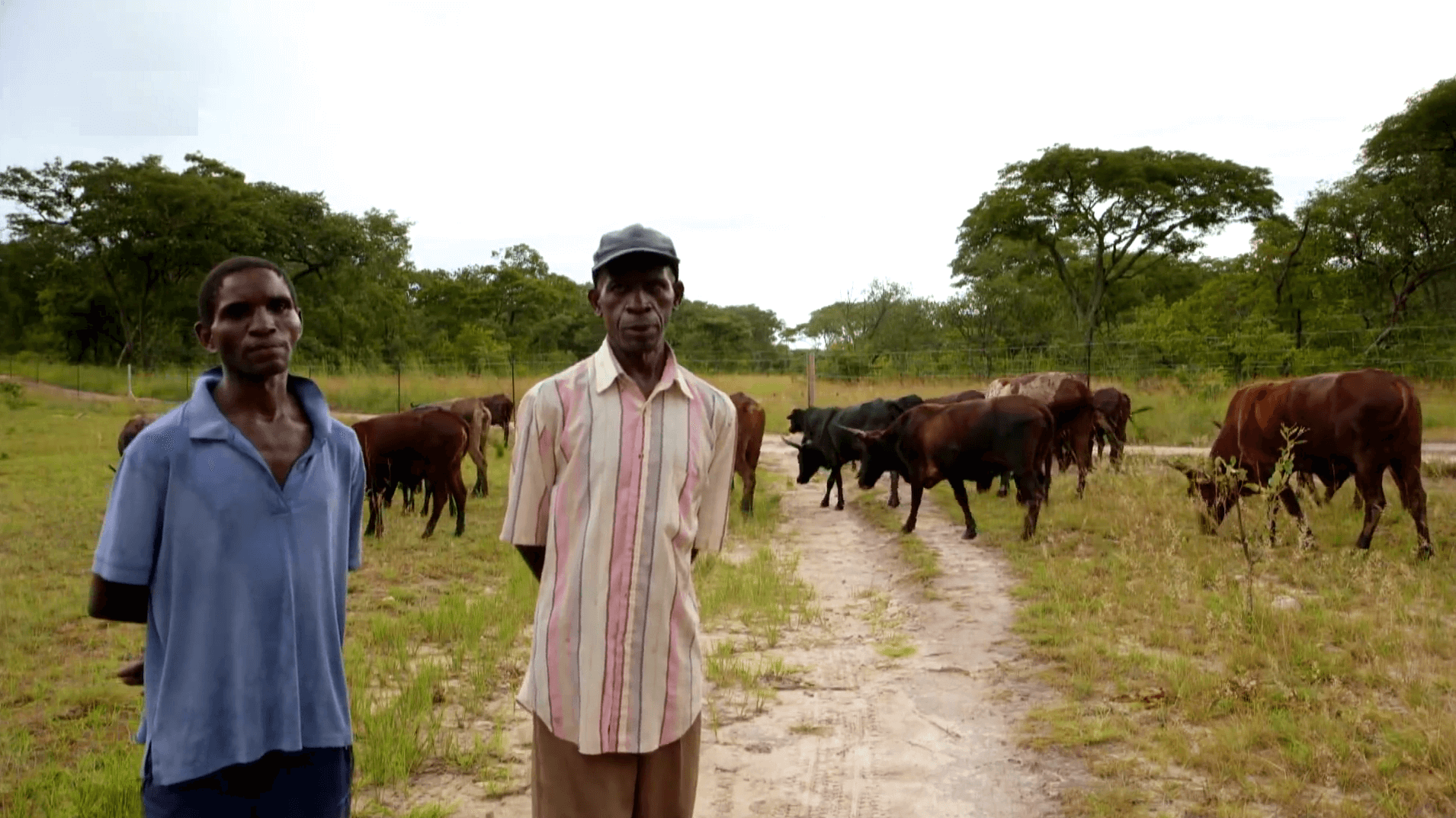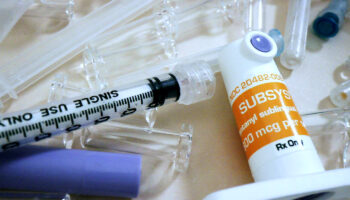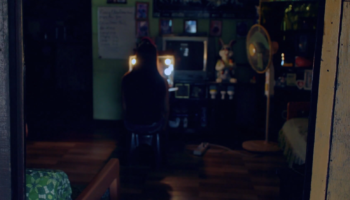description:
Every year, millions of Filipinos face the devastation of superstorms, earthquakes, floods and volcanic eruptions.
When Typhoon Haiyan destroyed islands across the central Philippines in 2013, the government found a new way to rebuild shattered communities in a nation critics say is often plagued by slow bureaucracy.
Twenty of the country’s biggest local corporations were given the task of leading the reconstruction efforts.
By investing in emergency response centres, education programmes and relief delivery, the private sector is now on the front line of recovery operations in one of the world’s most disaster-prone nations.
But local activists say this corporate involvement has led to profits being put before people – described as disaster capitalism.
Ayala, one of the oldest and wealthiest Filipino business conglomerates, has attracted community anger on the island of Sicogon. After Typhoon Haiyan devastated their island, local residents allege Ayala used its position as a reconstruction partner to obstruct the delivery of aid and grab land. They also claim storm survivors are still being threatened with eviction so that Ayala can build multimillion-dollar ecotourism island resorts.
Ayala denies the claims.
One of the leading researchers of Filipino disaster capitalism, Rosario Bella Guzman, argues that for corporations, investment and infrastructure are the priority, not helping storm survivors.”Private companies are making money out of the trauma or shock these people have after the disaster and they’re really making a killing,” she says.
101 East investigates the rise of disaster capitalism in the Philippines.

